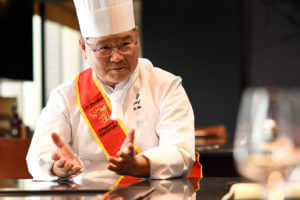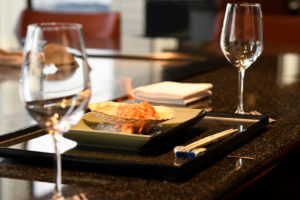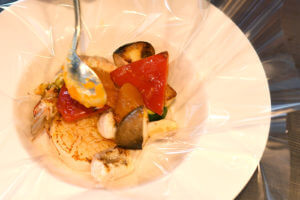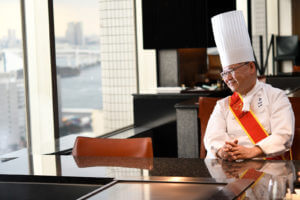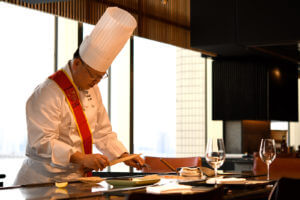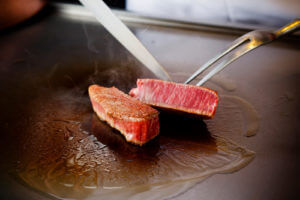Case Example1 Dai-ichi Hotel Tokyo Seafort
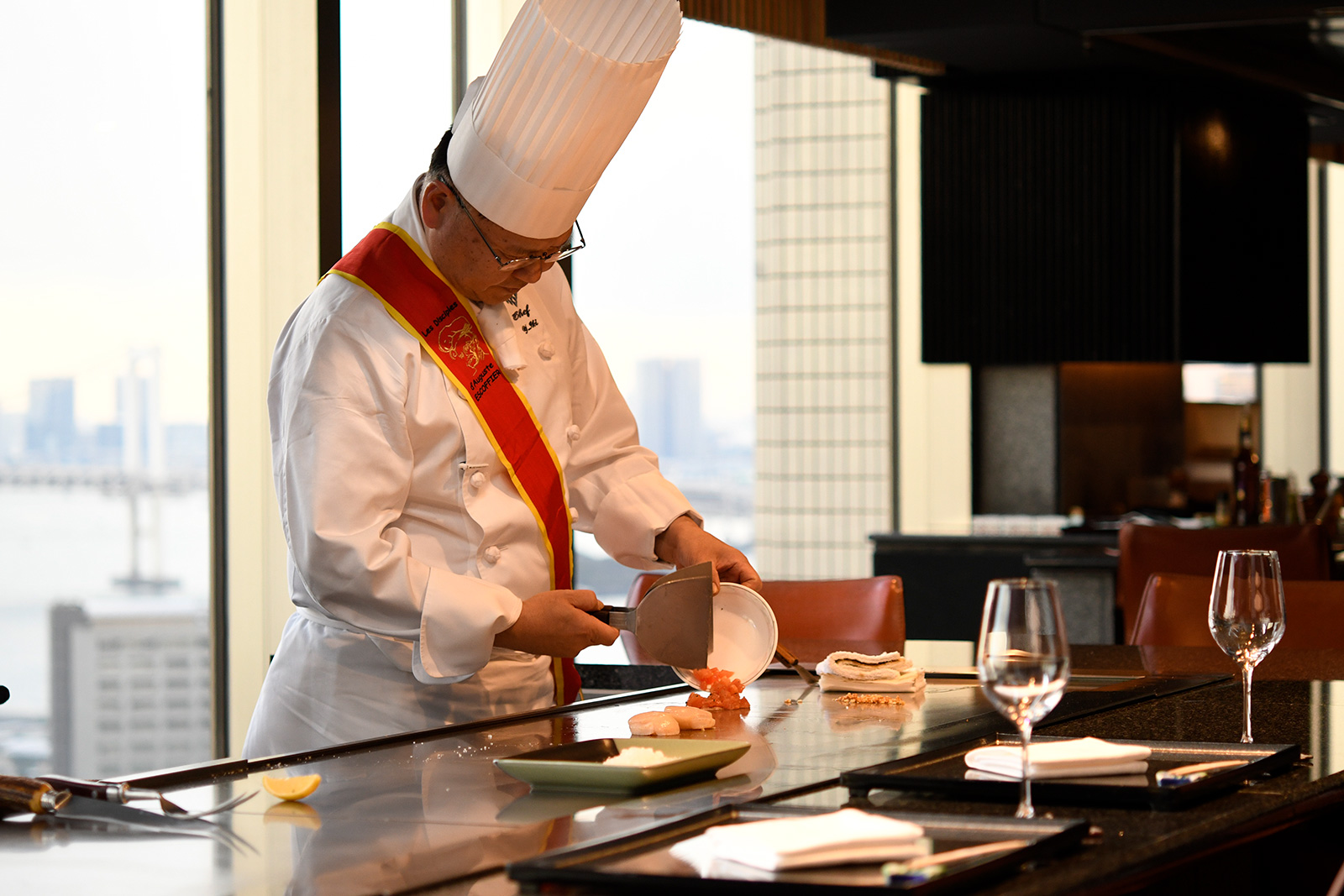
Using new ingredients for a menu of dishes which have been offered since its founding
Since scallop dishes have always been popular at our restaurant, we have always offered then year-round, regardless of season. Our popular “Provincial-style Scallops” dish has always been offered at our restaurant since it opened 25 years ago. We added a dish to our winter menu called “Carta Fata” in which scallops are served together with shrimp and white-fleshed fish cooked in a cellophane wrap. Before we started using Senrei Scallops, we sometimes procured fresh scallop removed from the shell from Tsukiji since we needed a supply of scallops throughout the year.
There are certainly times when fresh scallops are good as well as times when they are bad. Fresh scallops turn bad as they age and do not look fresh in appearance. On the other hand, scallops are affected by rigor mortis soon after having their shells removed, and I thought it had too much of a strong appearance as it warps slightly during cooking. In teppanyaki cooking, it goes without saying that appearance of the food is also important. Using Senrei Scallops allows us to reliably offer our customers fresh looking scallops that retain their original shape.
Stable quality without price fluctuations
Fluctuations in fresh seafood prices have an impact on the cost of ingredients. Being labeled as “fresh” does not mean that scallops can always be used in a fresh state as we do not know about factors such as production area, processing, and transport conditions or how the scallops are stored after having their shells removed. It is also quite difficult to use all the scallops that we purchase on the same day since we must purchase them in substantial quantities. I am thankful because frozen scallops are not affected by any price fluctuations throughout the year, retain their quality, and are never wasted.
In addition, more fairs that feature foods from different regions are also being held in our hotel locations based on requests from different regions throughout Japan. When selecting new ingredients, there are many factors which are considered, such as taste and price. However, it is also difficult to know whether or not we can actually procure food items when the fairs are held. During our last fair as well, we were unable to procure some of the food items and some products did not arrive on time due to the effects of a typhoon.
Taking these factors into consideration, which go beyond product taste and size, Senrei Scallops gain our seal of approval as a restaurant. The packages also come in a convenient size. Since the menus for 90% of our reservations are already decided, we take out and prepare just what is needed. Even with various menu changes, scallops are used quite a lot. Now it is being sold as an item of focus.
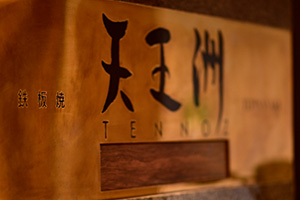
Teppan-yaki Tennoz
Dai-ichi Hotel Tokyo Seafort, 28F
The large windows behind the counter provide a magnificent view of the Tokyo Bay area, including Rainbow Bridge. During dinner, customers will experience a night view which appears to be inlayed with jewels that sparkle before your eyes along with the skillful handwork of skilled chefs who will finish a “plate of gems” in front of you. This is a luxurious experience that can only be delivered through authentic teppanyaki cooking.
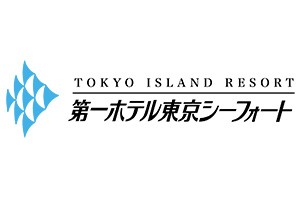
[wp-svg-icons icon=”office” wrap=”i”] Dai-Ichi Hotel Tokyo Seafort
Directly linked to Tennozu Isle Station (Tokyo Monorail), Dai-Ichi Hotel Tokyo Seafort also offers excellent access from Haneda Airport (Tokyo International Airport) and the Shinagawa area. Guest rooms and restaurants from which you can enjoy a fantastic view of the waterfront also provide views of the Tokyo Bay area and Rainbow Bridge.

